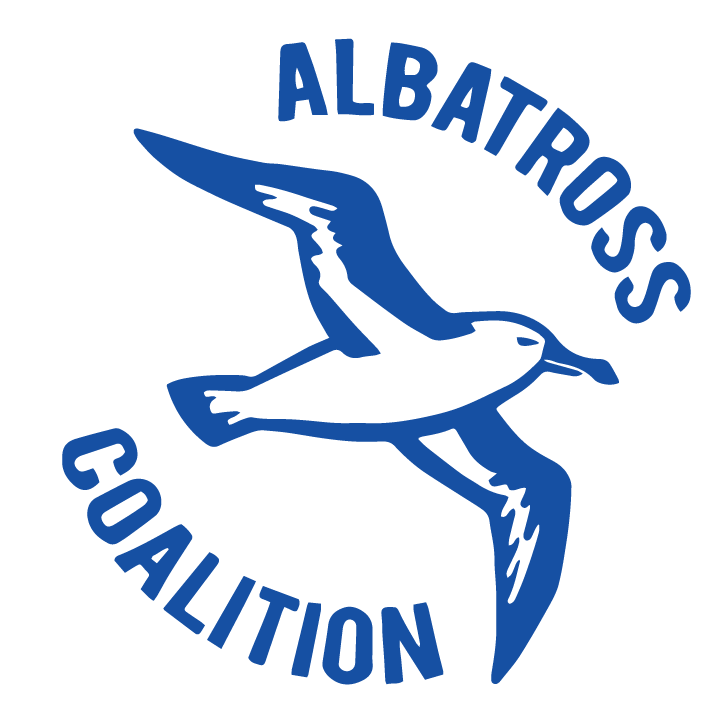The Plastic Debris Project
Eliminating Land-based Discharges Of Marine Debris In California: A Plan of Action from The Plastic Debris Project The Plastic Debris, Rivers to Sea Project seeks to minimize the land-based discharges of marine debris. Just like ocean-based marine debris, land-based discharges of human-made debris are comprised mostly of plastics. https://www.yumpu.com/en/document/view/42231824/eliminating-land-based-discharges-of-marine-debris-in-california- The threat and impacts of marine…
